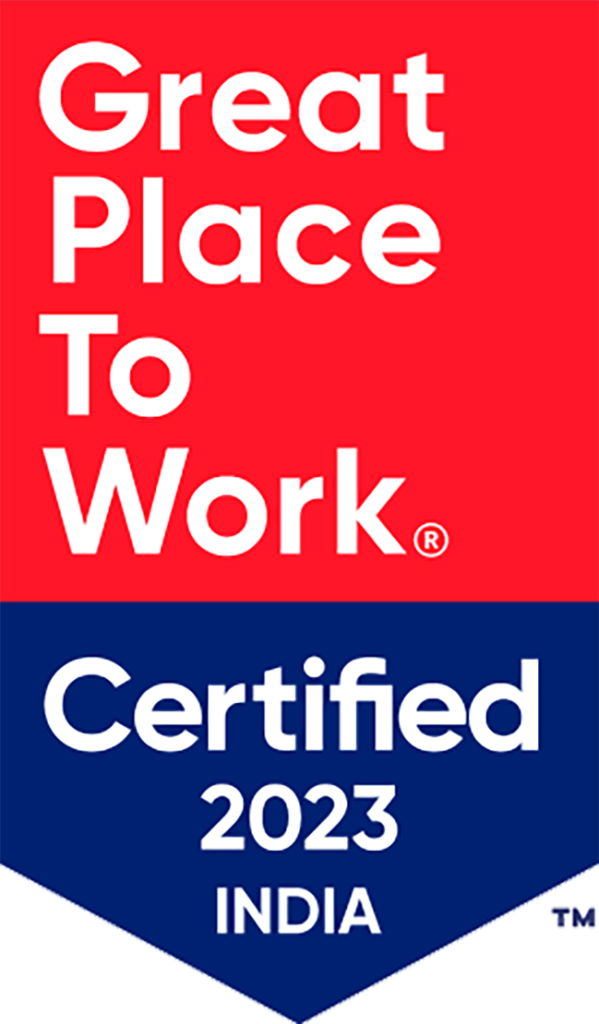“Clients do not come first. Employees come first. If you take care of your employees, they will take care of the clients.” – Richard Branson
I’ve always loved this quote by Richard Branson, founder of the Virgin Group of companies. I intuitively knew that this was how businesses should operate but was repeatedly told that this was just a PR statement, and that REAL businesses don’t actually operate this way and can’t be successful this way.
Turns out, Richard Branson had a point. Research confirms that organizations that focus on Employee Experience far outperform those that don’t.
What is Employee Experience? It is the combination of every experience that an employee has with their employment organization. These interactions start, even before they are an employee – during the attract phase when they first see the posting for a position with the organization and continue through to the time they exit the organization. It’s an employee’s full journey with your company.
The MSP Channel spends a lot of time, effort, and money on customer experience. Is there the same level of intentionality for the employee experience? Companies that invest in their employee’s experience see:
- 2 times higher average profit
- 4 times higher profit per employee
- 8 times higher revenue per employee
Positive employee experience increases employee engagement, which results in a subsequent improvement in the overall organization’s culture and business outcomes. Employee experience has such a significant impact on an organization’s financial success, that it requires intentional planning and execution. Organizations spend a lot of money on gifts for their clients; how much is spent on gifts for their employees? Organizations spend a lot of time, effort, and energy on mapping their customer journey; how much is spent on mapping their employee journey?
Employee experience is the new Employee Value Proposition, and it can’t be overlooked, especially in our current talent market. Organizations need to shift their mindset and look at employees as ‘internal customers’. Here is a wonderful place to start!
There are 8 components of the employee journey:
- Attract: How do they react and engage with our postings and organizational offerings?
- Recruit: How do they react and engage with our recruitment process?
- Onboard: How do they react and engage during their introduction to our organization’s technology, culture, and space?
- Engage: How do they react and engage with our organization, including the leadership team?
- Develop: How do they grow and develop within our organization?
- Perform: How is their performance measured, and how do they react and engage with that?
- Reward: How do they get and give rewards and recognition and how do they react and engage with that?
- Exit: How do we get them to leave as an ambassador for our organization?
As you start to look at the Employee Experience within your organization, look at what you do or could do better, within each of these 8 phases.
For more content like this, be sure to follow Build IT by ITBD on LinkedIn and YouTube, check out our on-demand learning platform, Build IT University, and be sure to Register for Build IT LIVE, our 3-day education focused conference, September 9-11 in Orlando, FL!
Here’s to lifelong learning!








